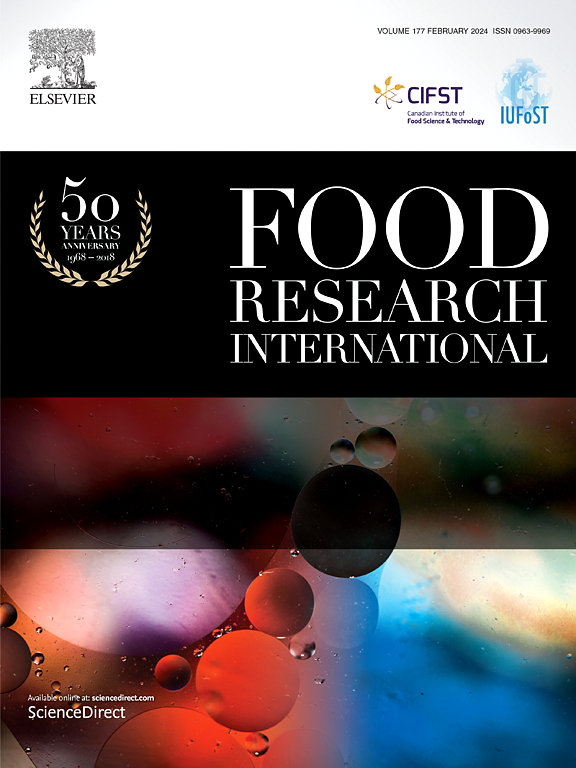Starch hydrolysates, their impurities and the role of membrane-based technologies as a promising sustainable purification method at industrial scale
IF 7
1区 农林科学
Q1 FOOD SCIENCE & TECHNOLOGY
引用次数: 0
Abstract
Starch hydrolysates are syrups obtained through the hydrolysis of starch with a defined carbohydrate composition and concentration. Annual harvest conditions and the availability of raw materials, such as corn, wheat, rice, potato, and certain plant roots, influence their quality. High-quality starch hydrolysate products serve numerous applications, including ingredients in food, textiles, paper, cosmetics, bioplastics, pharmaceuticals and construction. However, impurities such as colour molecules, characteristic flavours, salts, and proteins encountered in the solution along the starch processing steps can compromise product quality. With increasing emphasis on organic and sustainable production, starch hydrolysates must meet higher health and environmental standards. This review provides a comprehensive overview of starch hydrolysates production and purification. It explores the chemical processes leading to the formation of impurities and their impact on the final product composition and specific characteristics. Downstream processing methods for recovery, purification, and concentration are also investigated, comparing traditional techniques with emerging membrane-based technologies. Membrane technologies offer a potential solution for purifying plant-based starch hydrolysates efficiently and sustainably by enhancing purification while reducing energy consumption and waste generation. They operate at lower temperatures, avoiding phase transitions, extra heating, chemicals, and solvent exchanges. Although membrane technologies are widely used in various food industries, minimal research exist on their applications in starch hydrolysate processing, with limited experimental validation available. Addressing this gap, this review compiles established applications and discusses challenges hindering industrial adoption—including membrane fouling, the selection of appropriate membranes, the operational lifespan, and replacement costs,— while also identifying areas requiring further experimental research and development.

求助全文
约1分钟内获得全文
求助全文
来源期刊

Food Research International
工程技术-食品科技
CiteScore
12.50
自引率
7.40%
发文量
1183
审稿时长
79 days
期刊介绍:
Food Research International serves as a rapid dissemination platform for significant and impactful research in food science, technology, engineering, and nutrition. The journal focuses on publishing novel, high-quality, and high-impact review papers, original research papers, and letters to the editors across various disciplines in the science and technology of food. Additionally, it follows a policy of publishing special issues on topical and emergent subjects in food research or related areas. Selected, peer-reviewed papers from scientific meetings, workshops, and conferences on the science, technology, and engineering of foods are also featured in special issues.
 求助内容:
求助内容: 应助结果提醒方式:
应助结果提醒方式:


